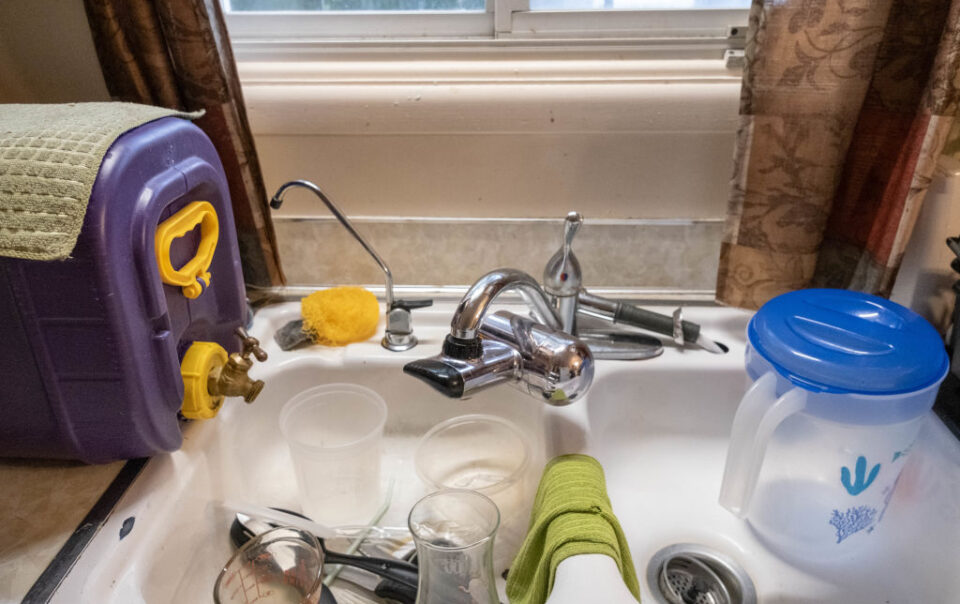The unemployment rate for Black women has been on the rise this year. They are the only demographic to see an increase this year, according to data published Thursday by the Bureau of Labor Statistics. Some experts say these statistics may indicate similar challenges to come for other groups.
Black women’s employment has been on the rise
They are the only demographic whose unemployment rate has been rising in recent months. It was at 5.1%, 6.2% in May and 5.8% in June, according to 19th News. To compare, the unemployment rate for white women and Asian women has been plateauing at around 3% over the same period, while Latinx women have been at 5%.
Black women face challenges unique to them in the labor market. Remaining unemployed for longer than other workers is one of them. On average, Black women spend over six months unemployed before finding a job, according to June statistics by the U.S. Bureau of Labor Statistics.
A potential sign that the economy is on the decline
Some experts say this trend is a worrying one because Black women tend to be the first ones to be affected by the overall economy. Other demographics may experience a similar rise in unemployment in the future.
“Black workers, and particularly Black women, show up as a canary in the coal mine, giving a picture of what may happen to everyone else later,” Jessica Fulton, a senior fellow at the Joint Center for Political and Economic Studies, told the news outlet.
Jasmine Tucker, the vice president for research at the National Women’s Law Center, added that Black women are an essential demographic to the economy and the overall labor market.
“Are we heading into a recession? Is some action the current administration is going to take going to keep moving us in that direction? Prices remain high, people can’t afford child care—there are a whole host of things people are really nervous about,” she said. “For me, Black women’s unemployment going up—this is the backbone of our economy, of our labor force. We have cause to be concerned.”
Why is the unemployment rate of Black women on the rise?
Although no formal study has yet been conducted into this trend, some experts have emitted a possibility that may explain this rise in unemployment over the past few months. Several federal departments have experienced severe budget cuts and have laid off a significant portion of their workforce under the Trump administration.
About half of the jobs at the Department of Education, as well as a quarter of the jobs in the Department of Health and Human Services, have been cut, according to The New York Times. Most of the positions related to DEI have also been removed since Donald Trump became president.
Black women represented a significant portion of the workforce in these departments. For instance, they made up 28% of the education department, according to ProPublica.
“Black women are overrepresented among those jobs,” Kate Bahn, the chief economist and senior vice president of research at the Institute for Women’s Policy Research, said. “But somehow, that’s still not enough to overcome the bigger structural barriers.”







